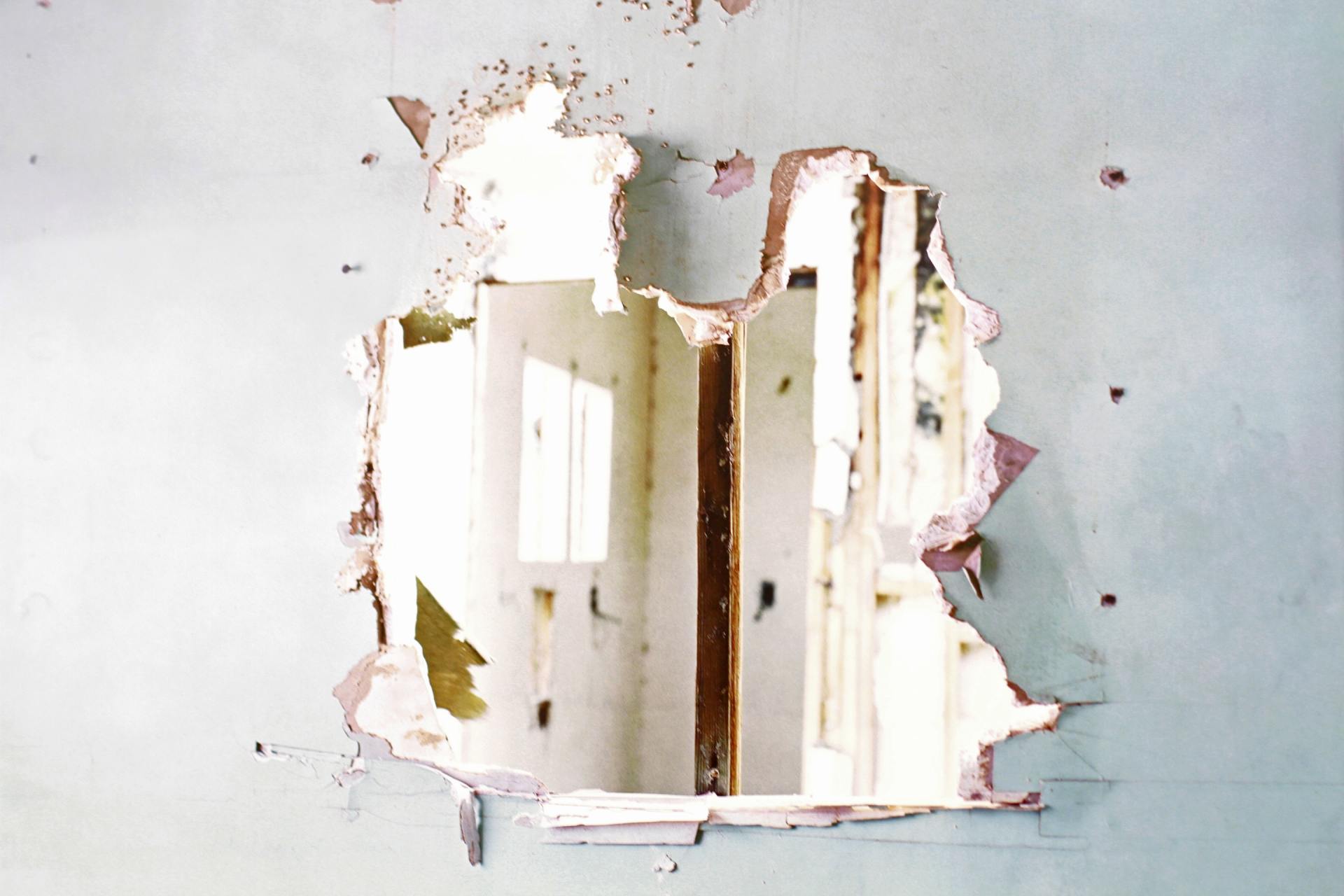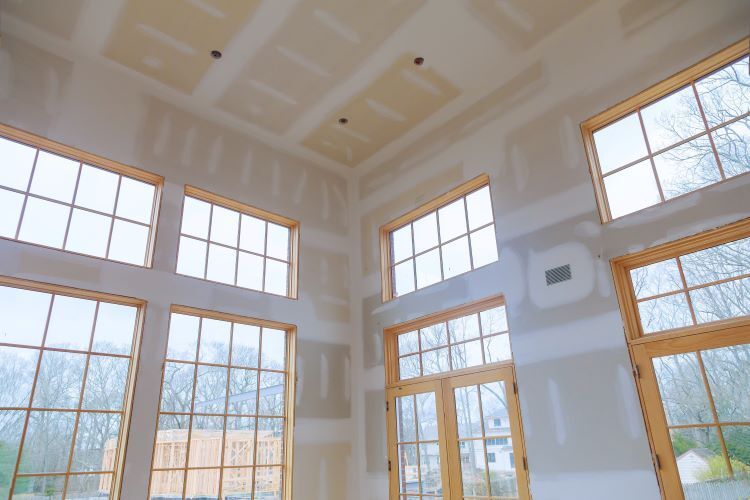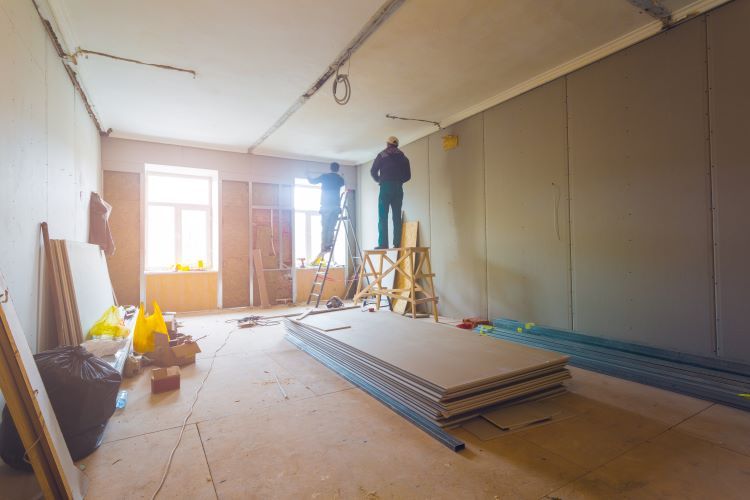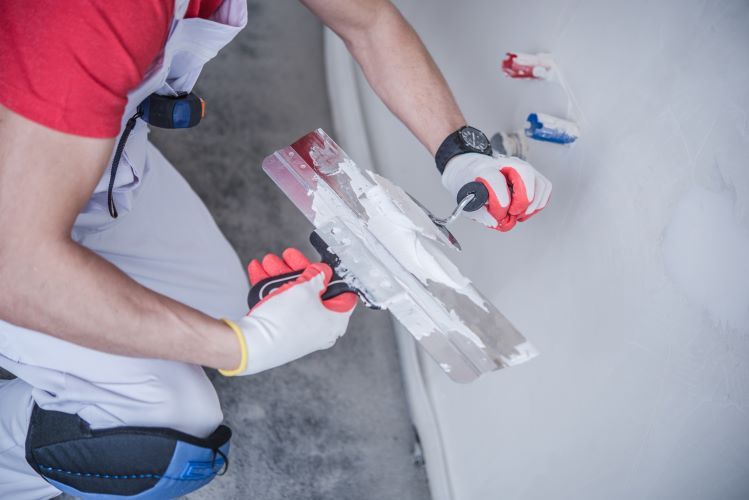Expert Solutions for Common Drywall Issues

Drywall is a staple in modern construction, providing smooth, durable walls and ceilings in homes and commercial spaces alike. However, even the best drywall installations can encounter issues over time. Whether it's cracks, dents, or water damage, these problems can detract from the appearance and functionality of your walls.
At St. John's Drywallers, we understand the importance of addressing these issues promptly and effectively. In this article, we'll explore expert solutions for common drywall problems, helping you maintain the beauty and integrity of your space.
1. Cracks in Drywall
Cracks are one of the most common issues homeowners face with drywall. They can occur due to settling, temperature fluctuations, or improper installation. While hairline cracks might seem minor, they can grow over time, leading to more significant damage if left untreated.
Solution:
- Assess the Cause: Determine whether the crack is due to structural movement, moisture, or simply aging. Addressing the root cause is crucial to prevent recurrence.
- Repair Techniques: For small cracks, use a joint compound to fill the crack, then sand it smooth before painting. Larger cracks may require mesh tape for reinforcement before applying the compound.
- Professional Help: If the crack is extensive or recurring, it's best to consult a professional to ensure that the underlying issue is properly addressed.
2. Nail Pops
Nail pops occur when the nails or screws used to secure drywall become loose, causing the drywall to bulge or the fasteners to protrude. This issue is often due to the natural movement of the framing behind the drywall.
Solution:
- Secure the Drywall: Use a drywall screw to secure the drywall back into place, ideally near the original fastener but not in the same hole. This will help prevent further movement.
- Repair the Surface: Once the drywall is secured, apply a layer of joint compound over the protruding fastener, sand it smooth, and then repaint the area.
3. Dents and Dings
Everyday activities can result in dents and dings on your drywall, especially in high-traffic areas. These minor damages, while not structurally significant, can affect the overall appearance of your walls.
Solution:
- Fill the Dent: Use a lightweight spackle or joint compound to fill the dent. Apply it in thin layers, allowing each layer to dry before adding the next.
- Sand and Paint: Once the compound is dry, sand it smooth and repaint the area to match the rest of the wall.
4. Water Damage
Water damage is a serious issue that can lead to staining, warping, or even mold growth if not addressed quickly. Common causes include leaks, high humidity, or plumbing issues.
Solution:
- Identify the Source: Before repairing the drywall, it's essential to locate and fix the source of the water damage to prevent further issues.
- Remove Damaged Drywall: Cut out the affected area and replace it with new drywall. Ensure that the new piece is securely fastened and seams are properly taped and mudded.
- Prevent Mold: If mold is present, it’s crucial to clean the area thoroughly with a mold-killing solution before installing new drywall. In cases of extensive mold growth, professional remediation may be necessary.
5. Sagging Drywall
Sagging drywall often occurs on ceilings, particularly in older homes where the drywall was installed with inadequate support or in areas exposed to moisture.
Solution:
- Reinforce the Ceiling: Additional screws or nails may be required to secure the drywall properly. Be sure to anchor them into the ceiling joists for maximum support.
- Replace if Necessary: If the sagging is severe or if the drywall has been compromised by moisture, replacing the affected panels may be the best option.
6. Bubbling or Peeling Paint
Bubbling or peeling paint can be a sign of moisture trapped beneath the surface or improper surface preparation before painting.
Solution:
- Remove Loose Paint: Scrape off the bubbling or peeling paint, and sand the area to create a smooth surface.
- Prime and Paint: Apply a stain-blocking primer to prevent future bubbling, then repaint the area with high-quality paint suitable for the environment (e.g., moisture-resistant paint in bathrooms).
7. Uneven Joints
Poorly finished drywall joints can leave visible seams or ridges on your walls, detracting from the smooth, seamless look you desire.
Solution:
- Resand and Recoat: Lightly sand down the uneven area, being careful not to damage the surrounding drywall. Apply a thin coat of joint compound to smooth out the surface, then sand and repaint.
- Proper Technique: When installing new drywall, it's essential to apply joint compound in thin, even layers, feathering the edges to blend them into the surrounding wall.
Conclusion
Maintaining drywall requires attention to detail and an understanding of the common issues that can arise. Whether you're dealing with minor dents or significant water damage, the expert team at St. John's Drywallers is here to help. By addressing these issues promptly and using the correct repair techniques, you can ensure that your walls remain beautiful and durable for years to come.
If you’re facing a drywall issue that seems beyond a simple fix, don’t hesitate to reach out to us for professional assistance. Your walls deserve the best care possible, and we’re committed to delivering top-quality solutions tailored to your needs.
You might also like


